Disaster preparedness
It is now for the government to partner with agencies that are world leaders in disaster preparedness.
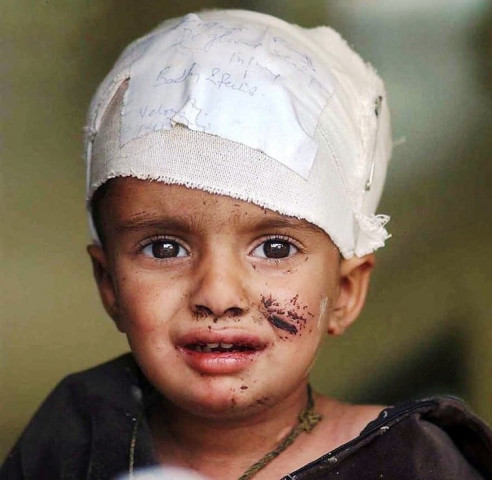
Post-Margalla Towers and Awaran, the reality that Pakistan cannot manage such disasters stares back. PHOTO: ERRA.PK
Agencies and entities such as these play a lead role in developing disaster response technologies, and the timely release of the “World Disasters Report 2013” particularly highlights the use of new technologies in increasing the resilience of communities and states that are particularly disaster prone. The PRCS already has a mobile SMS service, an email service and a radio communication system that is independent of government resources, and is seeking to develop other interventions such as video conferencing and a disasters data bank. As was observed at the launch of the report, technology is evolving faster than the humanitarian agencies are able to develop methodologies to get the best out of it. Sometimes it is those who have suffered in a natural disaster that themselves turn out to be the innovators, using available social media and mapping to help themselves, a phenomenon recently observed in the Philippines once power and communication was restored to cities like Tacloban. It is now for the government to pick up the baton and partner with agencies that are world leaders in the development of disaster preparedness. There is a pool of locally developed competencies and expertise that must be capitalised upon, because the next disaster is lurking in the wings.
Published in The Express Tribune, December 12th, 2013.
Like Opinion & Editorial on Facebook, follow @ETOpEd on Twitter to receive all updates on all our daily pieces.

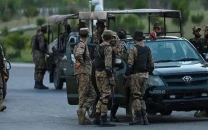




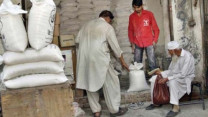

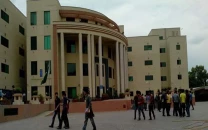

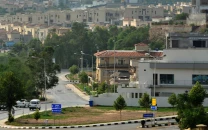








COMMENTS
Comments are moderated and generally will be posted if they are on-topic and not abusive.
For more information, please see our Comments FAQ